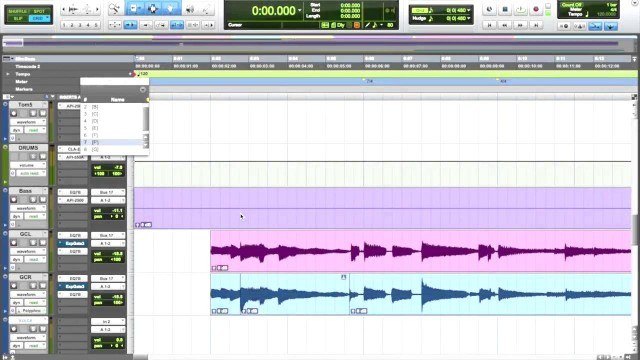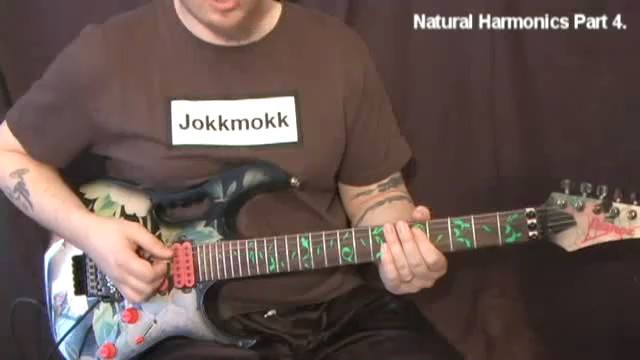Now, one thing we have to understand is what exactly the tri-tone substitution is. It's basically where we substitute a dominant chord that is a tri-tone away (#4/b5) from the root of the original dominant chord. An example of this would be substituting a Db7 chord in place of a G7 chord in a C major chord progression. Shown below is the original progression and then the same progression with the Tri-Tone substitution in it.

The easiest way that I see remembering this substitution theory is just in a chromatic sense. What that means is that your Tri-Tone substitution chord is going to be a half step above the chord that it is going to. Here is an example:

The reason that this substitution works is because that 2 tones in the original dominant 7th chord that you are replacing are also in the tri-tone chord, which are the 3rd and b7th. An example would be that in a C7 chord, we have the tones C-E-G-Bb. The Tri-Tone chord would be F#7 and this chord contains the notes F#-A#(Bb)-C#-E. Notice how the Bb and E are in both chords?























































































